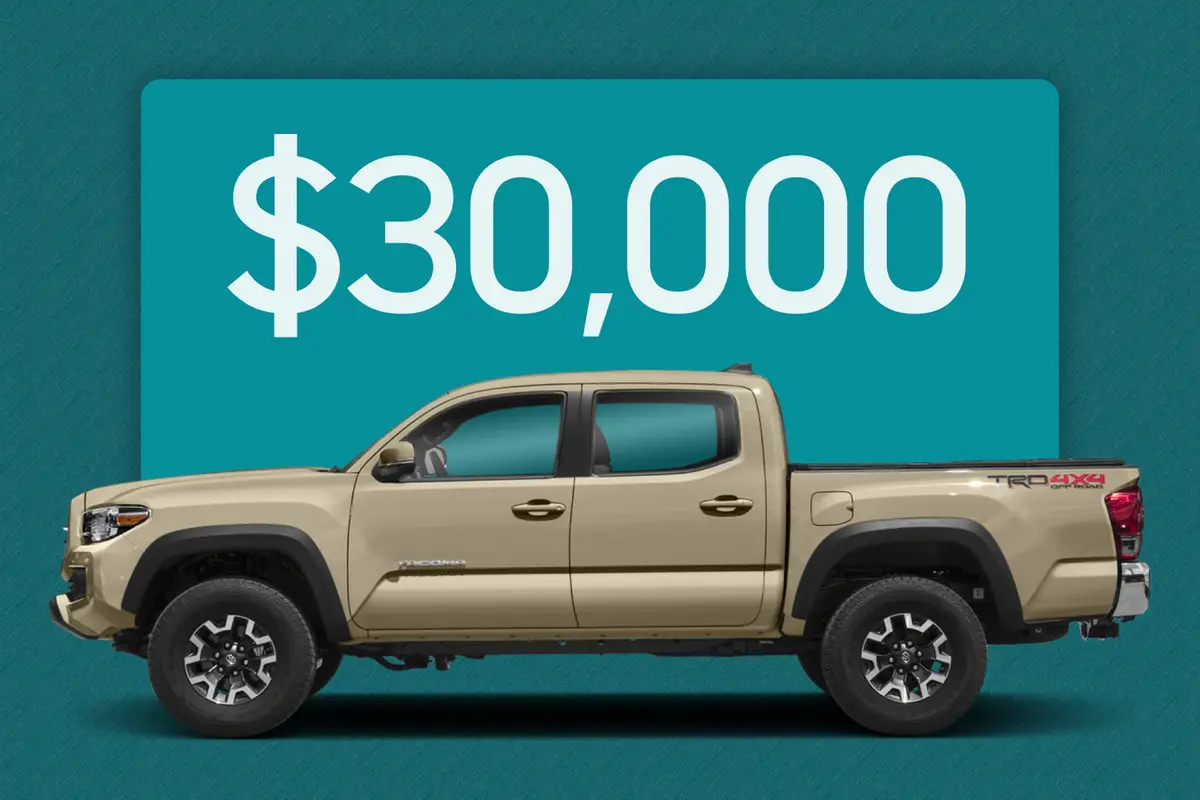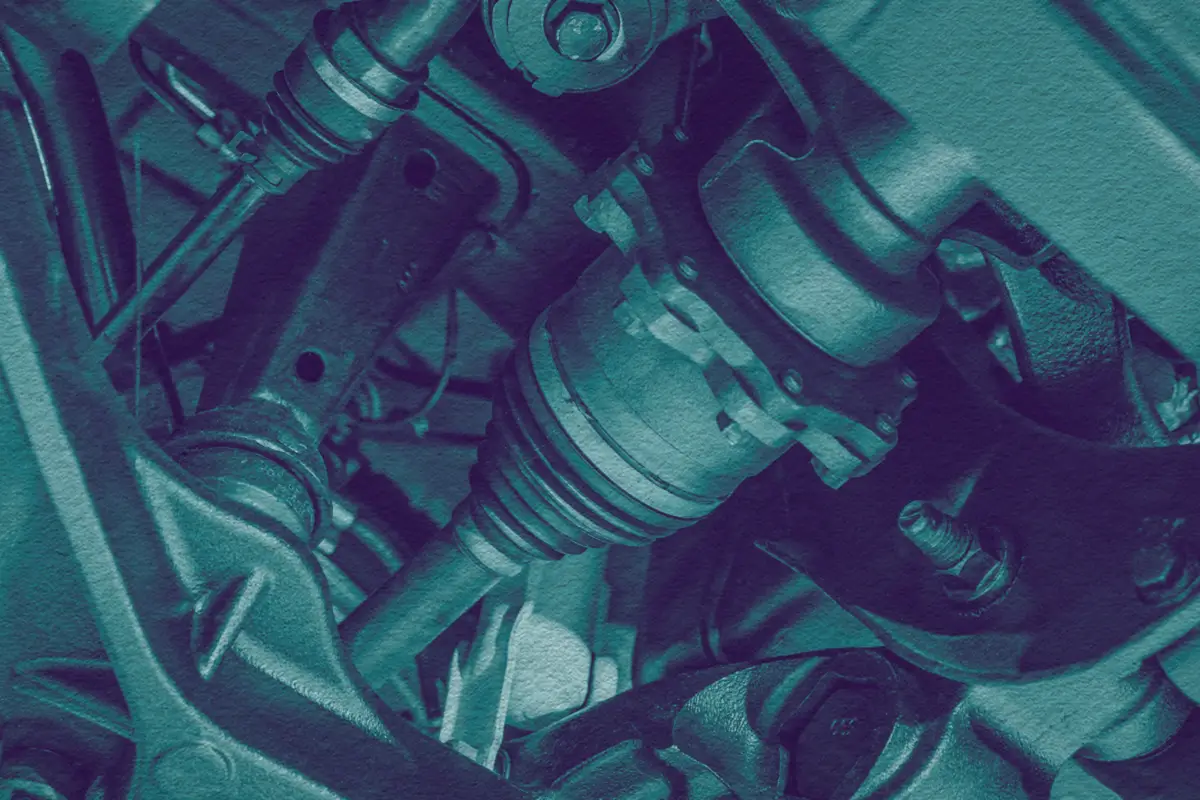Boston.com's view
Some troopers need to ride quietly off into the sunset, having lingered too long on the trail.
The Isuzu Trooper, never one of my favorite vehicles, was just such a rig, though in recent years it was better than the engine-eating, rust-pocked, upright box that we knew at its nadir.
So now comes the Isuzu Ascender, replacement for the Trooper as the company’s flagship SUV, joining the stable that includes the Rodeo, Rodeo Sport, and the edgy Axiom.
Serious players in the auto market these days are being forced to produce SUVs just to keep their loyal customers from straying just so they can put an SUV in the garage. You think Porsche didn’t realize they were losing wealthy buyers who, while loyal, sure wanted an SUV to park beside that Cabriolet and that’s why we’re getting the Cayenne?
Keep in mind General Motors’ heavy investment in Isuzu and you can see where the Ascender’s coming from. And I don’t mean just off an assembly line in Ohio.
This big wheelbase rig is very much the seven-passenger GM Envoy XL or, if you prefer, the Chevrolet TrailBlazer EXT.
This dawned on me one day on the interstate when I pulled up beside an Envoy, looked over, and realized that, from the side, it was the same vehicle as the one I was driving. Up front it’s different, with an Isuzu grille cut into neat rectangles – a shape copied in the headlamps.
The Ascender sits on a long ladder frame and its 129-inch wheelbase makes it look like a smaller SUV that’s gotten the stretch treatment.
Noticeable when entering, particularly through the rear doors, is just how big doors can be when you’ve got a lot of space between axles. These are barn door big.
Inside, Isuzu has done a terrific job of infusing elegance into a GM product. The optional leather seating surfaces were rich and wood trim across the dash, on all four doors, and surrounding center console controls give the interior a true touch of luxury. Knobs and controls have that familiar big, black GM look.
The four-spoke steering wheel allows for clean views of the gauge panel and big, round vents at the center and each ends of the dash provide voluminous air flow.
Both the split center seat and the rear seat tumble and roll so they can be folded flat, making for a spacious, easy to access cargo area.
I found the rear hatch to be a heavy lift and that could be a problem for smaller or older folks.
Key to GM’s engineering for the Ascender was its decision to offer two great engine options: GM’s new inline six (as tested) or an all-aluminum 5.3-liter V-8. I found the 6-cylidner to be remarkably powerful and all the engine you’d need unless you’re doing some serious towing.
At 275 horsepower, the 6-cylinder has got more guts than some V-8s out there. Move up to the V-8 and you get only 10 more horsepower, yet considerably more torque (325 lb.-ft as opposed to 275 lb.-ft.). And that, of course, translates into geometrically more towing capacity – 5,500 pounds with the six, 7,400 with the V-8.
All Ascenders come with a four-speed automatic transmission and can be had has an S 2-wheel-drive or an S 4-wheel-drive.
Three trim levels – Preferred Equipment Package, LS, and Limited – are available. The LS and Limited 2-wheel drive models come with traction control.
Those opting for the 4-wheel drive get an advanced on-demand system. An Auto-4-wheel drive mode engages all four wheels as needed without driver input. There are also on-dash options for 2HI, 4HI, and 4LO.
I did not do any heavy off road travel with the Ascender, but in December snow and sleet, it handled smoothly on steep climbs. I suspect its length would hinder it some in serious backwoods slogging.
On the highway, it was powerful, quiet, and smooth.
Its suspension – independent double A-arms up front, with a five-link solid axle and shocks at the rear – kept it relatively flat in h ghway lane changes and in back road cornering.
I did sense a tendency – common with these stiff ladder frames – for the Ascender to dance sideways in small hops when I hit frost heaves or expansion joints on bridges.
The base model Ascender comes with 17-inch alloy wheels, fog lamps integrated into the bumper, power windows and door locks, radio with CD player, and dual zone air with separate rear controls.
The Preferred Equipment Package (about $500) adds sun visors with illuminated vanity mirrors, remote, heated outside mirrors and a 8-way power adjustable driver’s seat. LS packages (about $3,500-$4,000) add limited slip differential for two-wheel drive, traction control, power moon roof, luggage carrier crossbars, steering wheel audio controls, and a driver information center. The Limited Package (requires V-8 engine plus most of the above at $2,100) adds monotone paint, color-keyed front and rear bumpers, side moldings, running boards, leather trim, heated front seats, and a stereo upgrade.
Buy all these options and you are getting into some pretty hefty costs.
Of course, with the Isuzu you do get something GM does not offer on its like models: a 10-year, 120,000-mile power train warranty. Go figure.
Nice Touch: The toggle switch on the driver’s door that controls outside mirrors. Wonderfully intuitive.
Annoyance: Sure wish they had built a better seat beneath the knees for the driver.
Latest news



